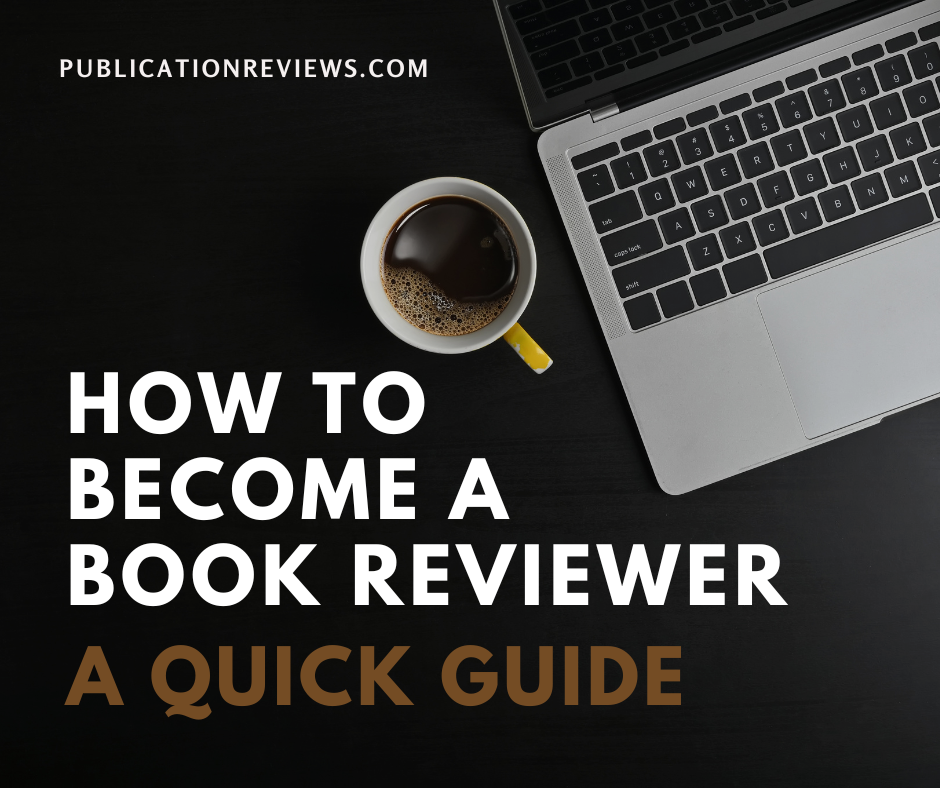There are some points in our lives, even if we are not a writer or an author, when we want to bind our own books for particular reasons. In order to do that, we need to know what book binding is and how to do it.
What Is Book Binding?
The process of making a book from individual pages by binding them together on a cover is known as bookbinding. Bound books are more portable and convenient to sell or give away than loose stacks of paper. The craft of bookbinding is versatile enough to be used commercially for large-scale printings of best-sellers or tried independently for pure enjoyment.
There are a handful of standard phrases used in the bookbinding:
Cover
The front and back of a book make up its cover. The cover is typically constructed from a more robust material in order to safeguard the more delicate internal pages. Infinite options exist for cover materials. Think of using things like cardboard, watercolor paper, plastic sheets, cereal boxes, chipboard, vintage artwork, postcards, greeting cards, and so on.
Spine
The “spine” of a book is the central axis of the binding. The spine of a standard print book proudly displays the book’s title so readers may quickly find their desired volume in a crowded bookcase. Only a few self-published books have spines substantial enough for a title to be displayed, but it’s something to think about.
Signature
Signatures are discrete bundles of pages that are bonded together. The signatures of a book are stacked and bonded together to create more bulk.
Binding books can be done in a wide variety of styles. Whether you’re self-publishing or sending your manuscript off to a publisher, you need to give some early consideration to the binding.
1. CASE BINDING
This method of binding, often known as hardcover binding, is superior to any other option. All the best books have always been hardcover, of course. The internal pages are sectioned off and sewed together, essentially. Finally, the cover’s spine is bonded to the endpapers, after which the sections are pasted to the endpapers. Unlike hardcover books, which stand upright when opened, case-bound volumes lie entirely flat.
2. PERFECT BINDING
Perfect binding, also called soft cover binding, is analogous to case binding, except that it utilizes a more flimsy cover. The cover of a book with a perfect binding is often constructed of coated or laminated strong cardstock paper. This form of binding involves using a very adhesive glue to join the cover and pages. A book’s cover is often shortened to make it the same length as the pages inside.
3. SADDLE STITCH BINDING
Saddle stitch binding is an excellent option for books that won’t be used frequently or have a modest number of pages. After printing and sorting the pages, they are stacked and fed onto a conveyor, where they are bound using metal staples. The use of a book cover is optional while stitching.
4. COMB, SPIRAL & THERMAL BINDING
Short-run book binding often employs one of these three methods. A comb is threaded through a row of holes punched along the edge of a book to create a comb binding. Similar holes are punched for spiral binding, but a metal or plastic coil is used in place of the comb. The pages of a book with thermal binding are glued to the spine by applying heat to the cover’s spine.
Numerous strategies exist for giving your publications an edge. Distribution requirements must drive all legally binding judgments.
To what extent are book bindings diverse? Creative bindery and finishing specialists always come up with novel ways to bind books. But don’t worry; there are only four main types to choose from. This article provides an overview of the four most common bookbinding styles. As each option has benefits and drawbacks, each has its own set of subcategories worth exploring.
At least a dozen different binding techniques exist, each with its own set of advantages and disadvantages based on the nature of the document. You can get books bound in various ways, some of which are sturdier than others, some of which allow the book to lie flat when opened, and others look great.


